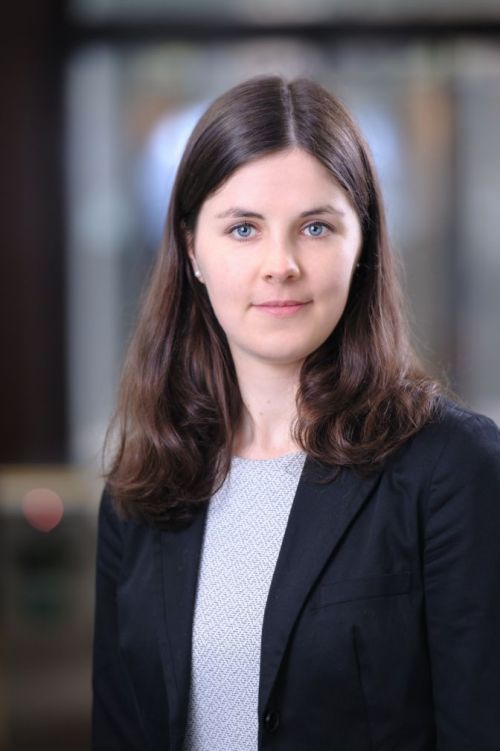Good year for regional office market

The data from the end of December 2017 leaves no doubt – it was a very successful year for the office market in regional cities. High developer activity and tenant demand for office space in major regional cities resulted in further rapid growth of the office sector and the breaking of new records.
In 2017, the total volume of modern office stock in six major regional markets (Kraków, Wroclaw, the Tricity, Katowice, Poznań, and Lodz) grew by almost 428,000 sqm with the completion of 53 projects. As a result the total stock in these cities surpassed 4 mln sqm. Last year’s new supply was 10 pct lower than in the record-breaking year of 2016. The largest completed property was the Argon building in the third stage of the Alchemia complex (Torus, 36,000 sqm) in Gdansk. However, it was not the Tricity that was to be the leader in terms of new supply. More space was delivered to the market in Kraków (190,000 sqm), including buildings E and F in Enterprise Park (Tristan Capital Partners, Avestus Real Estate; 26,400 sqm) and the third stage of the O3 Business Campus (Echo Polska Properties; 19,200 sqm). Lódź came second with a new supply of 74,000 sqm including the completion of two office projects in the centre: Przystanek mBank (constructed by Ghelamco and acquired by LCN Capital Partners, 24,700 sqm) and Nowa Fabryczna (Skanska Property Poland, 19,400 sqm).
Furthermore, the investment boom shows no signs of stopping. By the end of 2017, over 1 mln sqm remained under construction on regional markets, most of which was in Kraków (301,000 sqm) and Wrocław (291,000 sqm). Over 630,000 sqm of office space is scheduled to be delivered in 2018. Never before have we seen such great investor activity in the office sector.
However, regional markets have not seen a rise in the total volume of available space which constituted app. 9.4 pct of the total stock. By the end of Q4 2017, vacancy rates dropped in comparison to the same period of the previous year in Wrocław, The Tricity, Katowice and Poznań. On the other hand, Łódź and Kraków saw only moderate increases due to high levels of new supply. Nevertheless, current vacancy rates on all markets remain in a similar range from 8.2 pct in the Tricity to 11.3 pct in Katowice.
The headline rents in all six cities remain stable, but a rise in competition is placing growing pressure to lower effective rates by 15-20 pct of headline rents.
2017 also ended with the highest leasing volume in history. Lease agreements for a total of 651,000 sqm were singed, with the highest number in Kraków (slightly above 200,000 sqm) and Wrocław (ca. 170,000 sqm). With 113,000 sqm was leased in the Tricity. New leases and pre-leases made up more than half of the agreements signed, while renegotiations came to 27 pct. Market absorption rates were also high with 430,000 sqm in 2017.
In consequence, regional cities keep attracting more and more institutional investors, while class A office properties in regional cities are considered very attractive assets on the investment market. The total investment transaction volume completed in the office sector in Poland in 2017 came to EUR 1.6 bln, 70 pct of which were regional market acquisitions. The most spectacular office deals in 2017 outside of Warsaw included the acquisition of the Maraton office complex in Poznań by Union Investment, the acquisition of Przystanek mBank in Łódź by LCN Capital, the acquisition of Wratislavia Center in Wrocław by Austrian fund FLE, the acquisition of the A4 Business Park III in Katowice by Echo Polska Properties and the acquisition of Pilot Tower in Kraków by First Property Group.























































An open door to redefining the commercial real estate market in Poland
An open door to redefining the commercial real estate market in Poland
The investment slowdown in the commercial real estate sector that we have been observing in Poland for over a year is primarily the result of the tightening of monetary policy arou ...
Walter Herz
The retail sector is not slowing down
The retail sector is not slowing down
The pandemic, conflict in Ukraine as well as inflation and high interest rates that recent years have brought have reshaped the real estate market around the world. The global slow ...
Walter Herz
Retail parks – current opportunities
Retail parks – current opportunities
Over the last few years, retail parks in Poland were mostly developed in smaller formats, around 5,000 sqm, either adding to the existing retail landscape or introducing modern ret ...
Avison Young